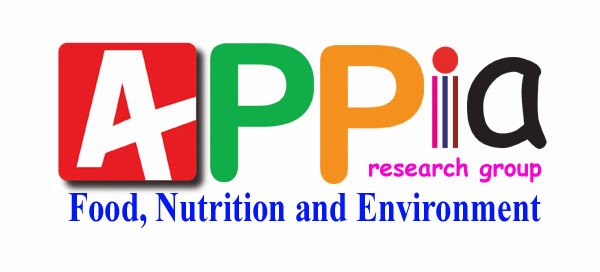What is ISO/IEC 17025? ISO/IEC 17025 was first issued in 1999 by the International Organization for Standardization (ISO)
and the International Electrotechnical Commission (IEC). It is the
single most important standard for calibration and testing laboratories
around the world. Laboratories that are accredited to this international
standard have demonstrated that they are technically competent and able
to produce precise and accurate test and/or calibration data.
What is Accreditation? Accreditation is a voluntary, third party-reviewed process. As part of accreditation, a laboratory's quality management system is thoroughly evaluated on a regular basis to ensure continued technical competence and compliance with ISO 17025. Laboratory accreditation can only be granted by an accreditation body, or AB. Although there are a number of accreditation bodies in the US, customers should choose calibration and testing laboratories accredited by ABs having an MRA with ILAC.
What is the ILAC MRA? Why is it Important? In order for accreditation bodies to recognize each others' accreditations, the International Laboratory Accreditation Cooperation (ILAC) developed a standard for accreditation bodies: ISO/IEC 17011. ABs having a Mutual Recognition Arrangement (or MRA) with ILAC agree to maintain conformity with the current version of 17011 and to regularly submit themselves and their own quality management systems to peer review. By complying with ISO 17011, ABs demonstrate that they are capable of accrediting testing and/or calibration laboratories to the ISO 17025 standard. In essence, the ILAC arrangement guarantees that test results are mutually acceptable between different governmental and regulatory organizations on regional, national and international levels and that these test results meet the same minimum standards for quality regardless of the lab's accreditation body. Each member of the agreement recognizes other members' accredited laboratory as if they themselves had performed the calibration because the MRA ensures that each laboratory is actually complying with the same minimum standards.
What is Accreditation? Accreditation is a voluntary, third party-reviewed process. As part of accreditation, a laboratory's quality management system is thoroughly evaluated on a regular basis to ensure continued technical competence and compliance with ISO 17025. Laboratory accreditation can only be granted by an accreditation body, or AB. Although there are a number of accreditation bodies in the US, customers should choose calibration and testing laboratories accredited by ABs having an MRA with ILAC.
What is the ILAC MRA? Why is it Important? In order for accreditation bodies to recognize each others' accreditations, the International Laboratory Accreditation Cooperation (ILAC) developed a standard for accreditation bodies: ISO/IEC 17011. ABs having a Mutual Recognition Arrangement (or MRA) with ILAC agree to maintain conformity with the current version of 17011 and to regularly submit themselves and their own quality management systems to peer review. By complying with ISO 17011, ABs demonstrate that they are capable of accrediting testing and/or calibration laboratories to the ISO 17025 standard. In essence, the ILAC arrangement guarantees that test results are mutually acceptable between different governmental and regulatory organizations on regional, national and international levels and that these test results meet the same minimum standards for quality regardless of the lab's accreditation body. Each member of the agreement recognizes other members' accredited laboratory as if they themselves had performed the calibration because the MRA ensures that each laboratory is actually complying with the same minimum standards.

Hi there! great post. Thanks for sharing some very interesting and informative content about ISO 17025 for Calibration Laboratory Accreditation. It is a big help to me as well, keep it up!!!
ReplyDeleteISO 17025 Document.